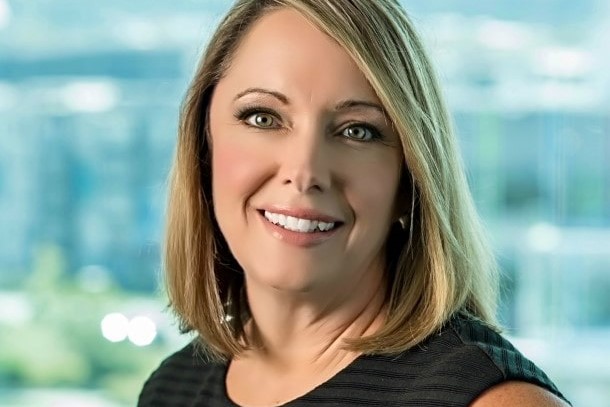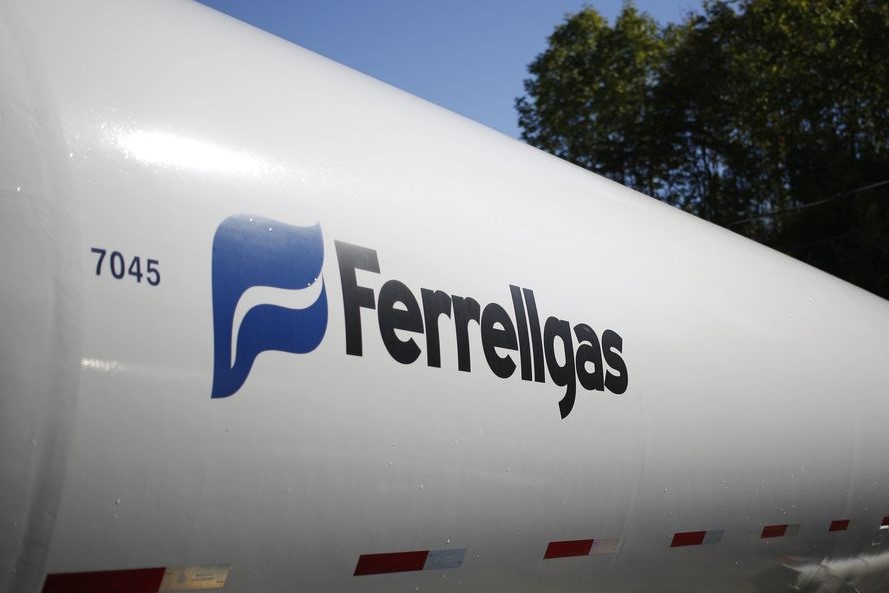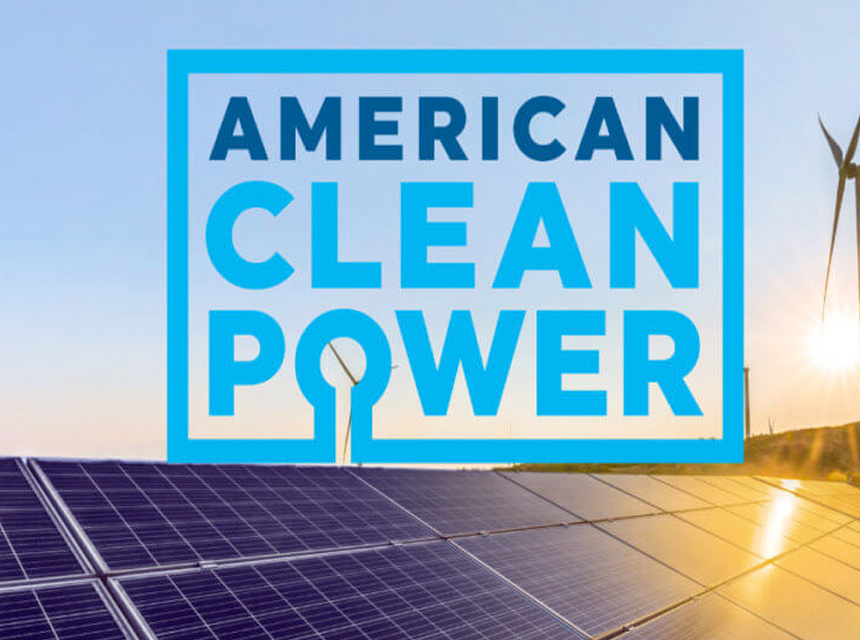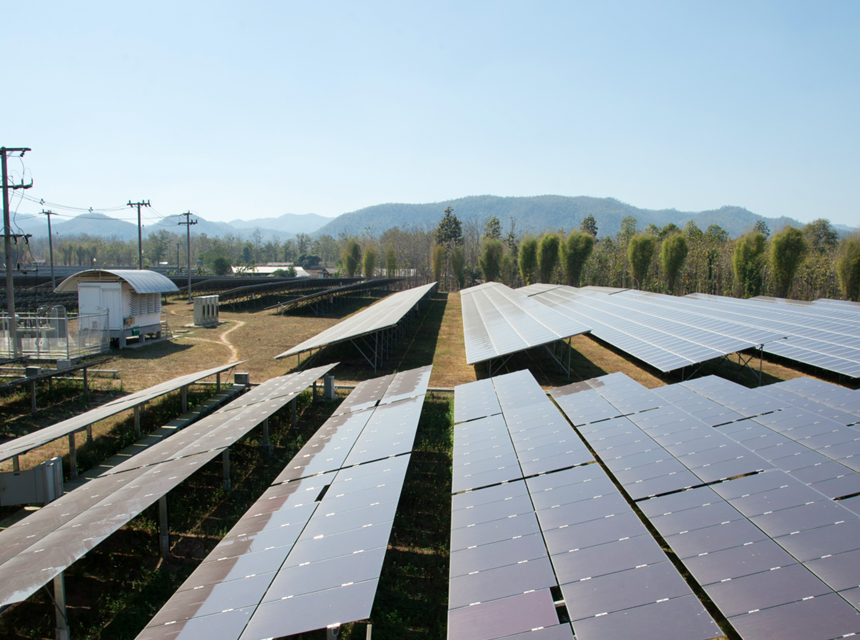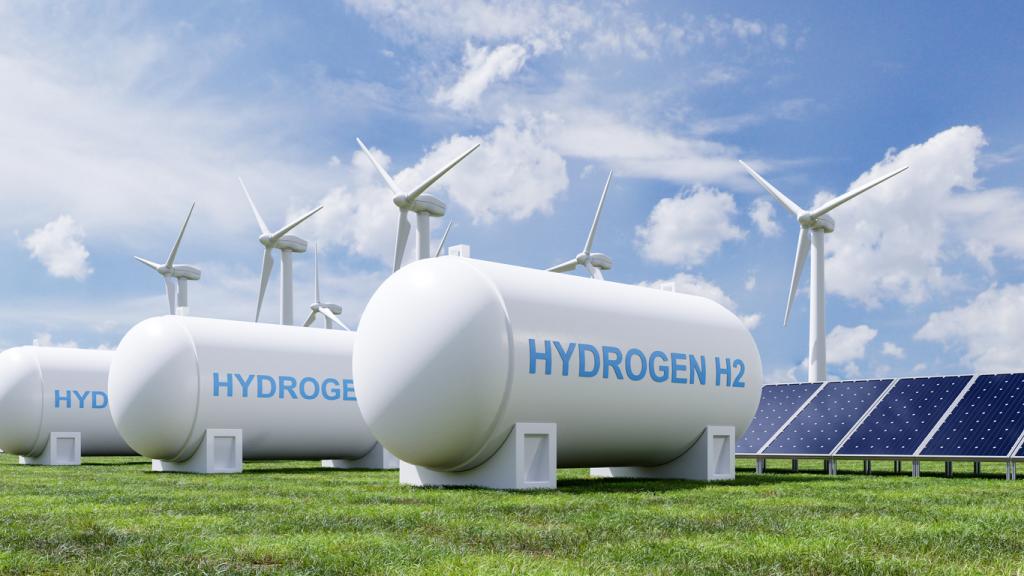
Despite the passing of the Inflation Reduction Act, which is by all means a win, 2022 was wrought with challenges for the clean energy industry. From supply chain issues to trade disputes and unfavorable macroeconomic trends, it’s no surprise the year saw a net decline in solar installations in the U.S.
Normally, this would cause concern for companies that deal in solar products. However, PowerFlex CEO, Raphael Declercq, predicts 2023 is about to be a good year for commercial and industrial (C&I) solar. So what drives his optimism? Keep reading to find out.
According to the Solar Energy Industries Association, the third quarter of 2022 saw 4.6 GW of solar capacity installed, a 17% decline from the same period in 2021. That said, in terms of new electricity-generating capacity through the same quarter, solar accounted for 45%, more than most other electricity sources.
During this time, C&I was growing primarily due to a 3% year-over-year increase in commercial solar installations, while the rest of the clean energy market seemed to be on a downward spiral. However, this change has been a long time coming for Declercq since he started seeing the shift among the consumer base from utilities to large corporates in 2016.
Some of the growth can be attributed to PowerFlex, EDF Renewables’ C&I’s development arm since it made one of the country’s most distributed commercial solar products.
Furthermore, given the rise in electricity prices, more corporations were and are still looking to mitigate the risk associated with energy prices and their volatility. Solar is one of the solutions. Another reason for the growth is corporate commitment to decarbonization, something that’s seen more companies turn to solar.
On the “Factor This” podcast, Declercq mentioned that companies are moving away from solar-only projects to something more. Given that he has a first-row seat to watch how clean energy demand has been evolving and continues to evolve for companies throughout the past few years, there’s a lot to that statement.
For instance, corporates are interested in having onsite solar to support their daily operations instead of wind farms and virtual PTA located hundreds of miles away from the organizations. However, where in previous years they would have stopped at onsite solar, now they’re coming back for storage and E.V. charging stations which makes sense given the electrification of the auto industry.
Naturally, more people asking about clean energy and clean transportation is exciting for Declercq and EDF Renewables since the company is well-positioned to reap the benefits of this decarbonization trend.
The company’s development arm, PowerFlex, has invested and continues to invest in the electrification of the transport industry. In fact, it’s expanding the PowerFlex X platform, which is the line of products, both software and hardware, that looks to integrate and optimize energy assets, centralize control, and support data collection.
Declerq also mentioned the term “grid friendly’ on the podcast, which addresses some of the issues that key players in the E.V. industry seem to have overlooked. The addition of electric vehicles and the need to charge means they put extra strain on the power grid. Naturally, the grid isn’t ready for the load, and solving the problem goes beyond just adding more charging stations.
An article by NewScientist even highlights how electric car ownership is likely to strain power grids, and that’s just with home charging. The problem could be even worse with corporates, given that several vehicles could be charging at once. For C&I, the goal is to both design and manage new clean energy assets that meet the needs of corporations while still being grid friendly.
PowerFlex is looking to offer an adaptive load management system to maximize chargers at corporate sites to delay the need for interconnection upgrades. After all, even as few as 20 chargers can wreak havoc on a power distribution grid. That said, Declercq notes that the average number of chargers in a parking lot is around 40.
Given that companies are unprepared to pay for the costly upgrades that would support such high numbers of charging E.V.s, they may have to turn to providers like PowerFlex for this solution. This system provides a stop-gap to allow them time to prepare.
The PowerFlex X platform also aims to meet the needs of corporates, particularly those that have moved to electrified fleets as part of their core business. The platform is designed to balance E.V. charging needs with solar generation and battery storage. This is made possible by an algorithm initially created by the California Institute of Technology.
It’s worth noting that the PowerFlex X software is built in-house since no other software could address the needs of C&I energy customers well enough. This offered the opportunity for PowerFlex to step in and provide something that catered to customers’ needs satisfactorily. And with the company’s institutional knowledge of the energy market, it could do just that.
Naturally, EDF Renewables has allocated enough resources to PowerFlex X in anticipation of the market’s needs, including assigning nearly 50 of the 200-person workforce to the platform.
According to Declercq, corporates can’t ignore the impact of changing to E.V.s or installing multiple D.C. fast chargers since it can amplify grid issues. As such, they need to think ahead of time and realize that charging must be everywhere E.V.s are lying idle for several hours at a time, especially when the sun is up. This is when corporates can harvest the sun instead of straining the electric grid even more.
He also notes that just replicating the gas station model with E.V. charging is not adapted to this technology and that people need to think of it differently. However, he’s excited about combining clean energy and clean transportation to solve some of the issues we created.
